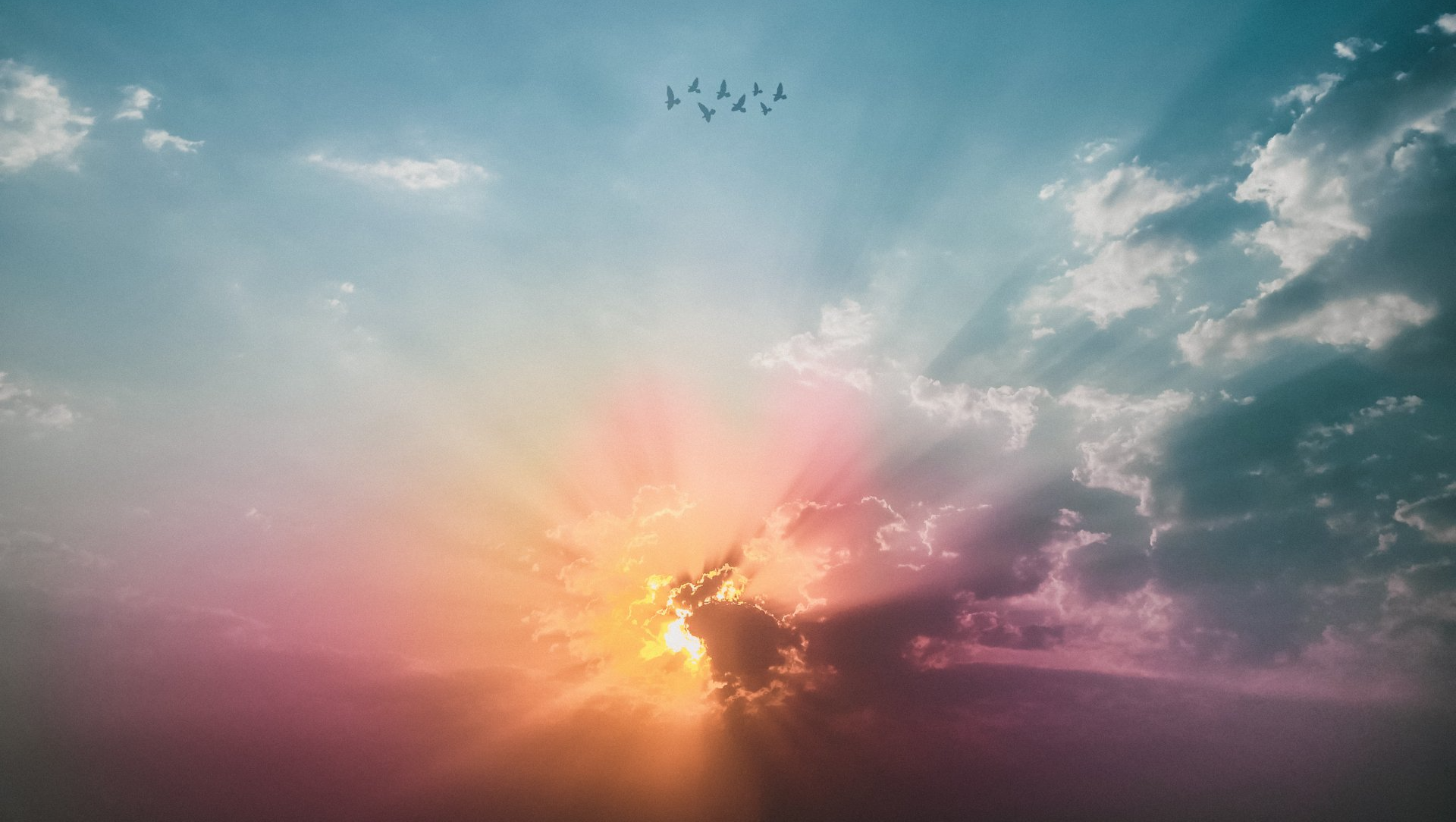The Ultimate Guide in Zen (discussion of Keizan’s Transmission of Light)
I began to practice zazen and to learn something about Buddhist philosophy at age 35 or so. The occasion was a two-month practice period at Green Gulch Farm, a San Francisco Zen Center establishment on the California coast just north of the Golden Gate Bridge. There I sat zazen with eighty or so other people in a vast zendo that used to be a barn.

Except for brief relaxation periods when I walked and talked with my amiable roommate, this practice period was silent, consisting of sitting zazen, working on the grounds or buildings or in the kitchen, and listening to talks on Buddhist philosophy by the coordinator of the period.
I came away from this practice period with the notion that Buddhist philosophy, as represented in Zen at least, was a rather stark affair. Prior to my introduction to it, it had been expected by a Sufi order I was a member of that I become a practicing Muslim. Accordingly, for 15 years I prayed to Allah for help in following this Sufi path, and for relief from various troubles when they arose, and it was very comforting to do this. Now I come to Buddhist philosophy and find no God there, but rather a view of life in which a person was directed by an impersonal process of dependent co-arising.
My personal life was going along all right, and I was not distressed by this seemingly dark philosophy. However, recently I have been reading carefully a work by Keizan (1264-1325) called Transmission of light. Keizan is considered the “Great Patriarch” of Soto Zen, while Dogen (1200-1253) is the “Highest Patriarch.”
Keizan’s work conveys the view that our lives are directed not by an impersonal process but by “Old Shakyamuni Buddha [who] is with you all the time, whatever you are doing; he is conversing and exchanging greetings with you, never apart from you for a moment.”[1] It is not our eyes seeing or ears hearing, but we are lived by this kind “host” within us. Keizan says, “Do you not realize that you respond when called and you get where you are going by following directions?” [2]
Moreover, Keizan says that we live in an enlightened world, where “everywhere is free and clear, uncovered and pure.”[3] In this world, we ourselves are enlightened. Keizan exclaims, “Have you not heard it said that everyone’s light is brighter than a thousand suns shining at once?”[4] He continues, “. . . Your own fundamental nature is empty and luminous, spiritual and spacious.”[5] We are Buddha: “Buddha is none other than the basic nature of the mind.”[6] He says plainly, “Open as space without inside or outside, clear as pure water – such is the original mind that is in everyone.”[7]
This is such an exalted vision of the world and humanity that it is hard to understand it. Fortunately, Keizan says that there is a way to approximate an understanding:
If you want to reach this point, for the time being close your eyes – when the breath ends and the body ends and there is no house to protect you, all function is unnecessary, and you are like the blue sky with no clouds, the ocean without waves – then you’ll be somewhat in accord with it. [8]
Through zazen, Keizan is saying, you can come close to feeling that your life is directed by a kind power ever present with you, walking with you, and that you yourself, enlightened, are this kind power.
Footnotes
- Zen Master Keizan, Transmission of light, Shambhala, 2002, p. 6.
- Ibid., p. 26
- Ibid., p. 34
- Ibid., p. 36
- Ibid., p. 76
- Ibid., p. 87
- Ibid., p. 99
- Ibid., p. 190